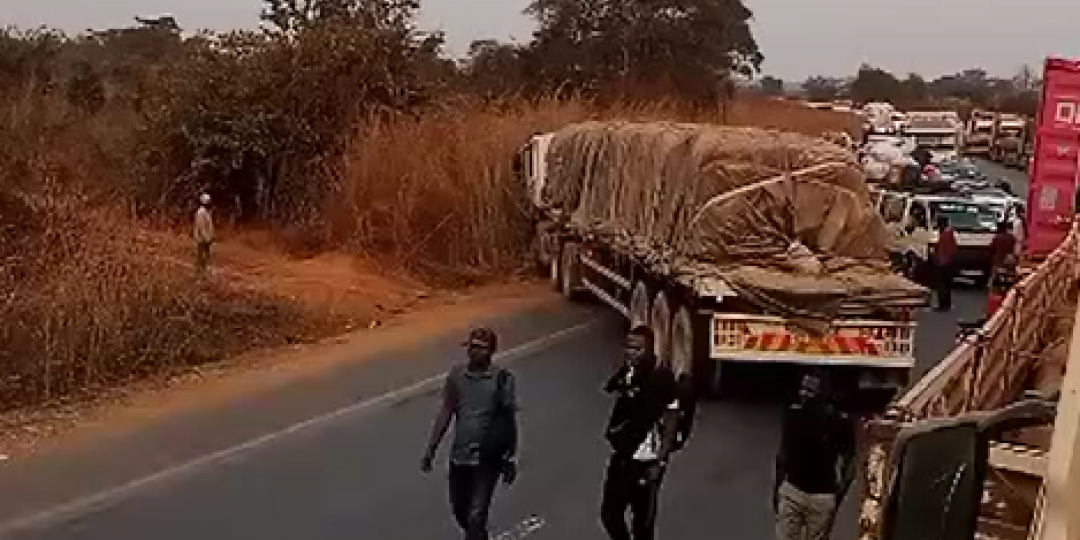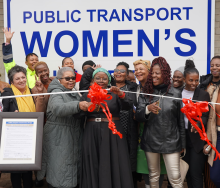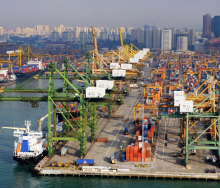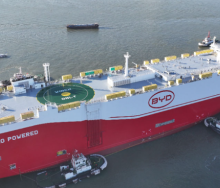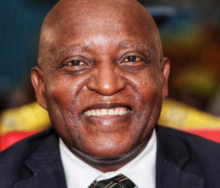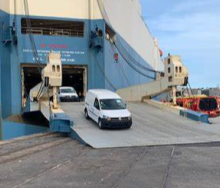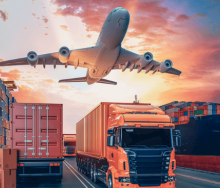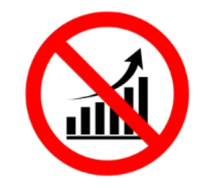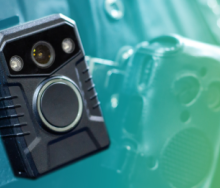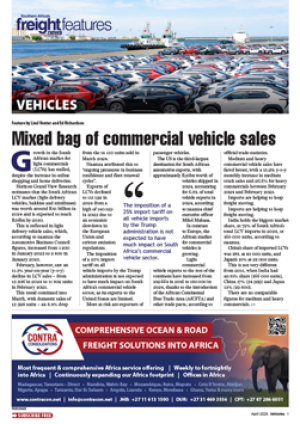Trucks hauling copper and cobalt out of the Democratic Republic of the Congo (DRC) or returning empty after delivering supplies to mines in and around Lubumbashi are queuing for at least 70 kilometres to the border with Zambia.
Often the line of rigs, apparently caused by an administrative adjustment that Congolese border authorities implemented recently, stretches all the way to the capital of Haut Katanga about 100 kilometres away from the notoriously congested Kasumbalesa crossing.
Mike Fitzmaurice, chief executive of the Federation of East and Southern African Road Transport Associations (Fesarta), said it’s unclear what is causing the backlog on the N1 route because nothing official is coming out of the DRC.
He said he had asked an official working at the border what was happening, without receiving any response worth speaking of.
“I was told that he (the official) wasn’t privy to any information about the cause for the congestion, which is nonsense. Surely if you’re a border official, you should know what's causing trucks to have slowed to a crawl.”
In the absence of official information, a truck driver's voice notes sent to his employer (who will remain anonymous) prove to be helpful.
He said the problem is twofold: the truck parks on the N1, of which there are only two, are filled to capacity and systems at Kasumbalesa are too slow.
He said customs in the DRC had recently decided that empty trucks on the southbound leg should use two other exits further east of Kasumbalesa, Mokambo and Sakania, without duly informing transporters.
The decision had a direct knock-on effect on administration at the border when officials had to shift processing requirements to the alternate borders.
“It’s completely inefficient on the part of the DRC,” Fitzmaurice said.
He told Freight News that ministers representing trade and transport in the DRC, responsible for supplying 70% of global cobalt requirements and ranked fourth in international coppers, appear unwilling to intervene on behalf of industry.
The backlog incidentally follows after a South African delegation, led by transport minister Sindisiwe Chikunga and several private-sector delegates, flew to Kasumbalesa last month to find solutions for regular bottlenecking south of the border.
This time though it’s not the northbound queue that's hampering cross-border trade in the area.
Fitzmaurice said there is a strong suspicion that the holdup is yet another attempt by crooked officialdom in the DRC to fleece transporters.
He explained that foreign registered operators, and most of the hauliers trucking into Haut Katanga are not Congolese, require entry cards to work in the DRC.
Valid for only 30 days, these cards cost $180 and can bring a fair amount of revenue if drivers are slowed to a snail's pace on the N1 route.
Furthermore, the two truck parks for southbound drivers, Kanyaka in Lubumbashi and Whisky about 14 kilometres north of the border, are full.
“But drivers are still forced to pay for the parks.”
The truck driver who sent a series of voice notes to his employer confirmed this, saying overcrowded truck parks such as Kanyaka, which is significantly smaller than the capacity it is supposed to cater for, is a major source of congestion.
Tempers are also beginning to flare on the N1, where desperate drivers trying to skip the queue are often stopped and forced to return to the back of the line.
Earlier this week, a transporter told Fesarta’s WhatsApp group that trucks sometimes move about two kilometres a day.
Fitzmaurice said you could fit about four 22-meter trucks into every 100 meters, so if the queue goes all the way to Lubumbashi, you’re talking of 4000 trucks tailgating one another on the N1 out of the DRC.
“Some of the drivers we know have been in the queue for ten days and at the going rate will not make it out of the DRC before their entry cards expire,” he said.
